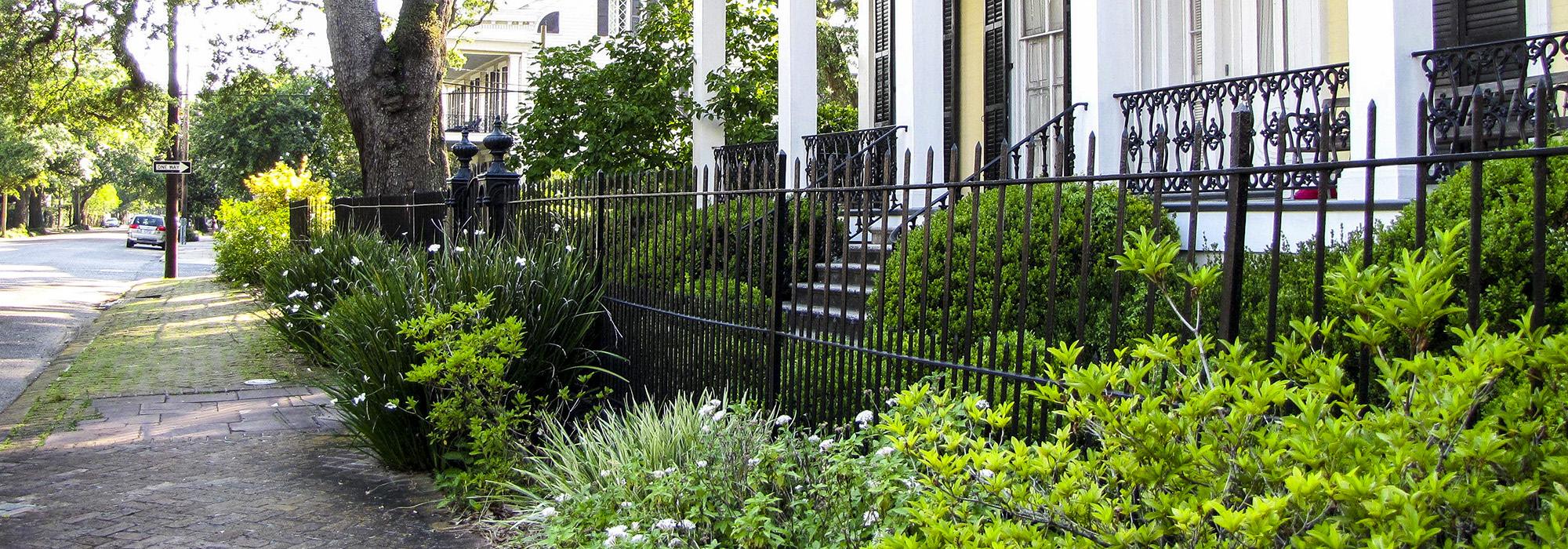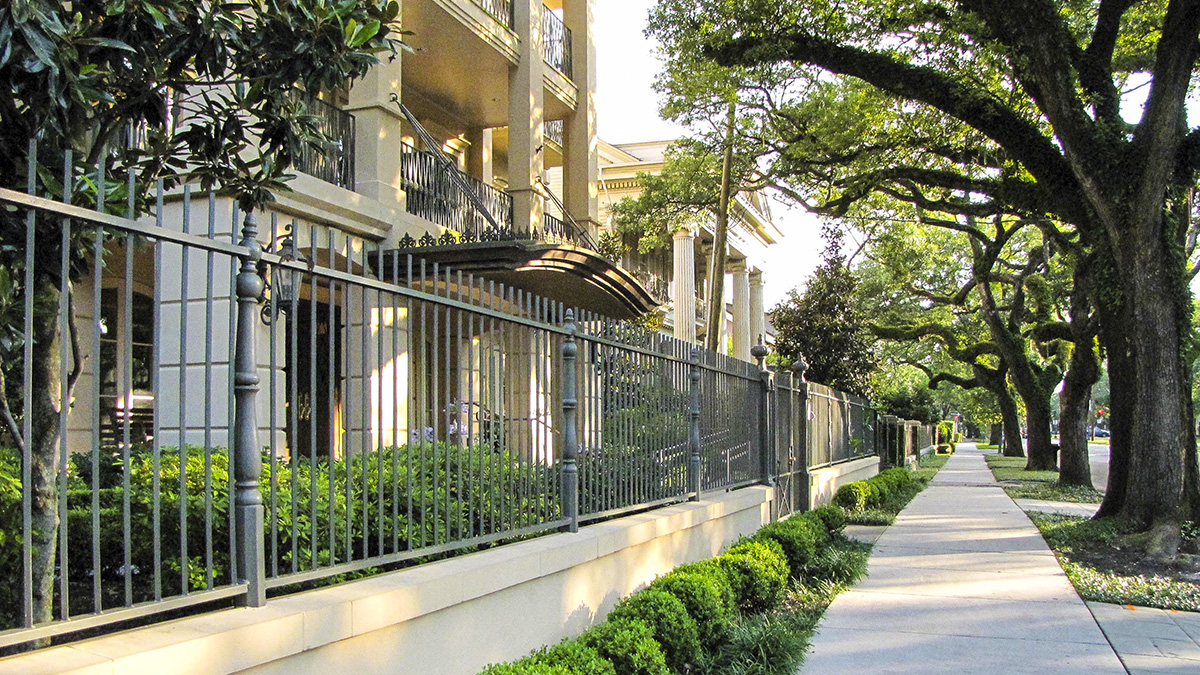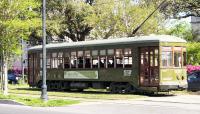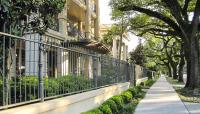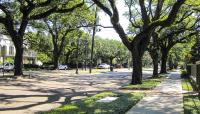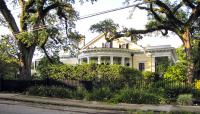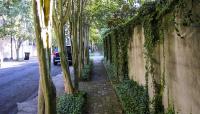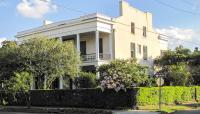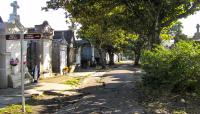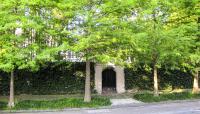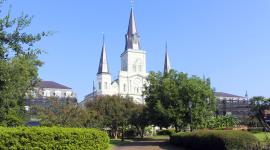Landscape Information
Originally part of the Livaudais plantation upriver from the Vieux Carré, this area was subdivided into lots after the separation of Francois de Livaudais and his wife Celeste in 1825. The new neighborhood proved an attractive landing place for many Americans arriving in the Crescent City with newfound wealth. It offered distance from the seemingly exotic Creole residents of the Vieux Carré, and more spacious accommodations than the dense residences of downtown. Houses were typically sited in the center of two lots, with lush trees and planting surrounding the house on all sides, enclosed by a permeable fence usually made of cypress or cast iron. These large, exterior garden spaces were influenced by the East Coast roots of the residents and stood in stark contrast to the compact, interior courtyard spaces that characterized the Vieux Carré. The area was incorporated as the City of Lafayette (in Jefferson Parish) in 1833, and in 1852, it was annexed to New Orleans and referred to as the Garden District.
Majestic, oak-lined Saint Charles Avenue is the neighborhood’s main thoroughfare and home to an historic streetcar line connecting the Uptown area to the Vieux Carré. Carondelet Street defines the neighborhood’s northern boundary, Magazine Street marks the southern edge, and Josephine Street and Delachaise Street bound it on the east and west, respectively. The neighborhood’s gardens pair broad, shady evergreen trees (live oaks and magnolias are most common) with evergreen ground covers and shrubs. Though its prominent outdoor spaces earned the district its name, it is also known for its vast collection of Greek Revival, Victorian, and Italianate-style homes. The Garden District was designated a National Historic Landmark District in 1971.



